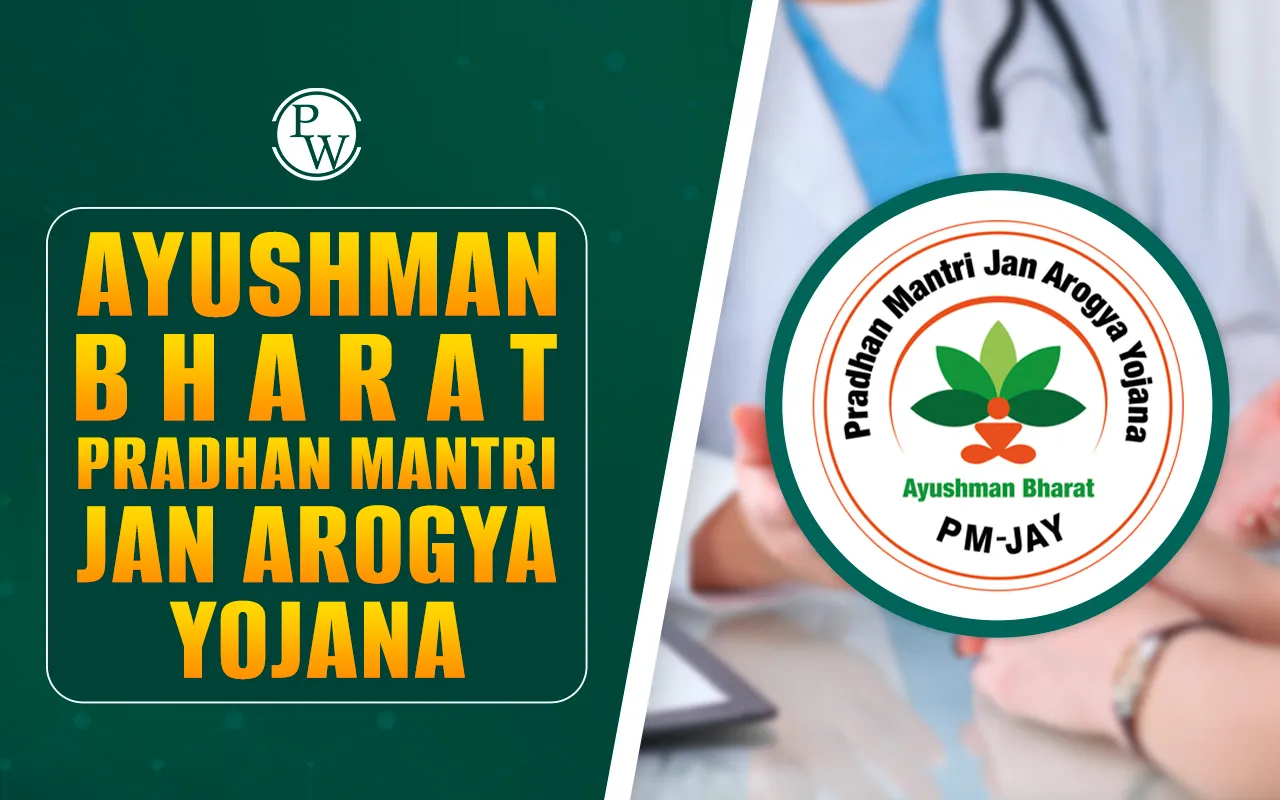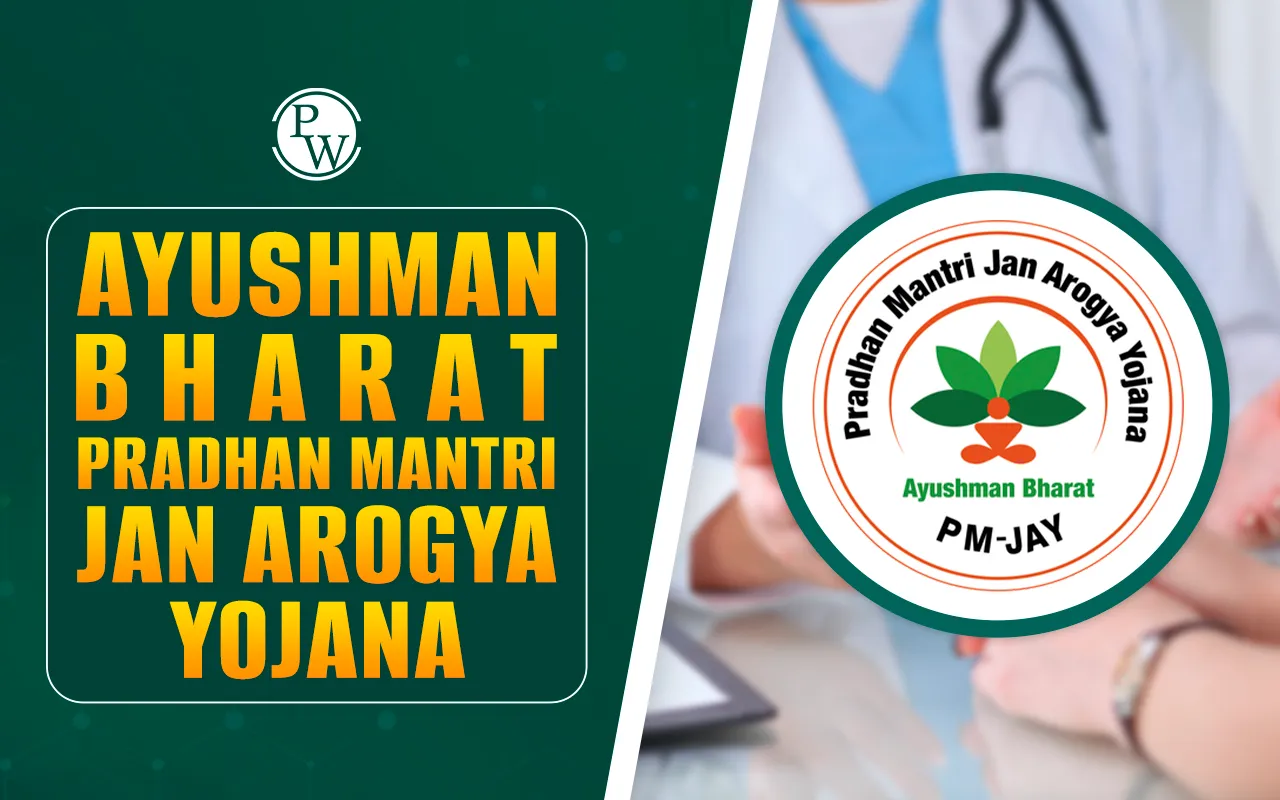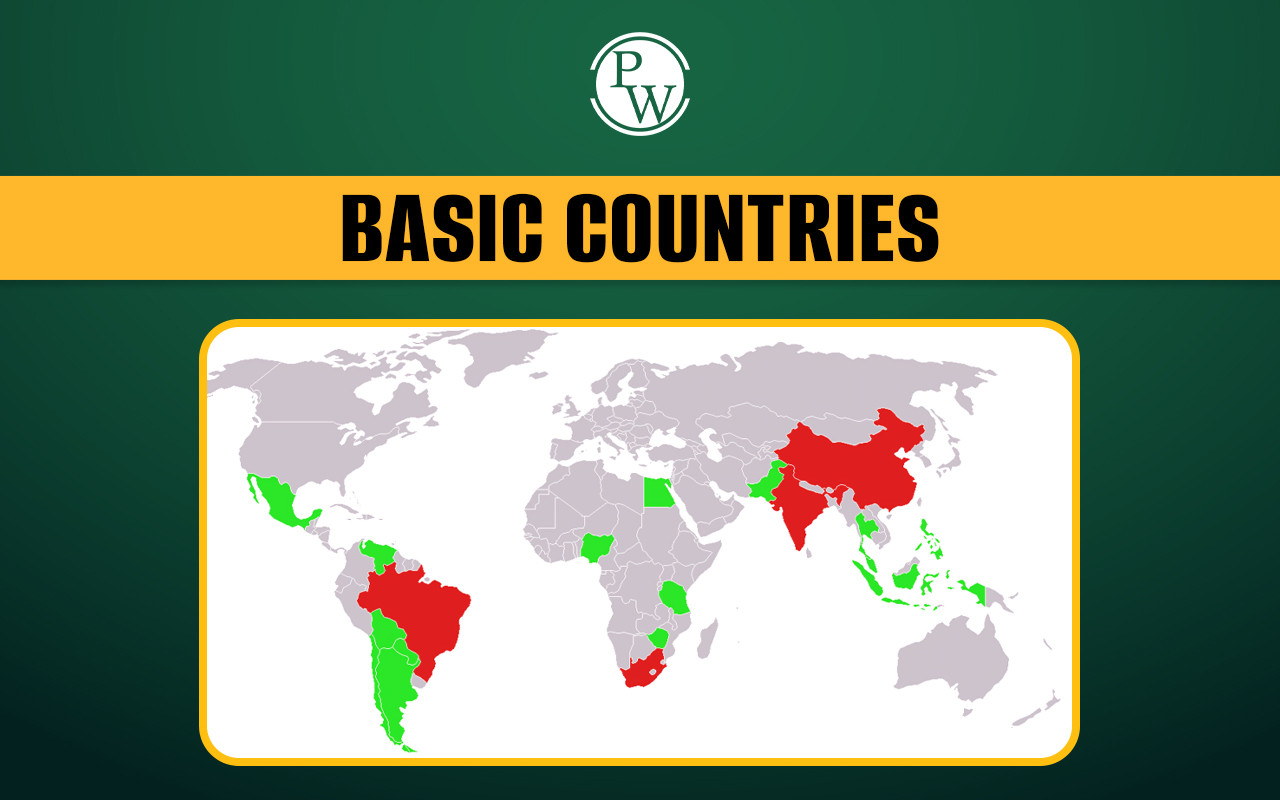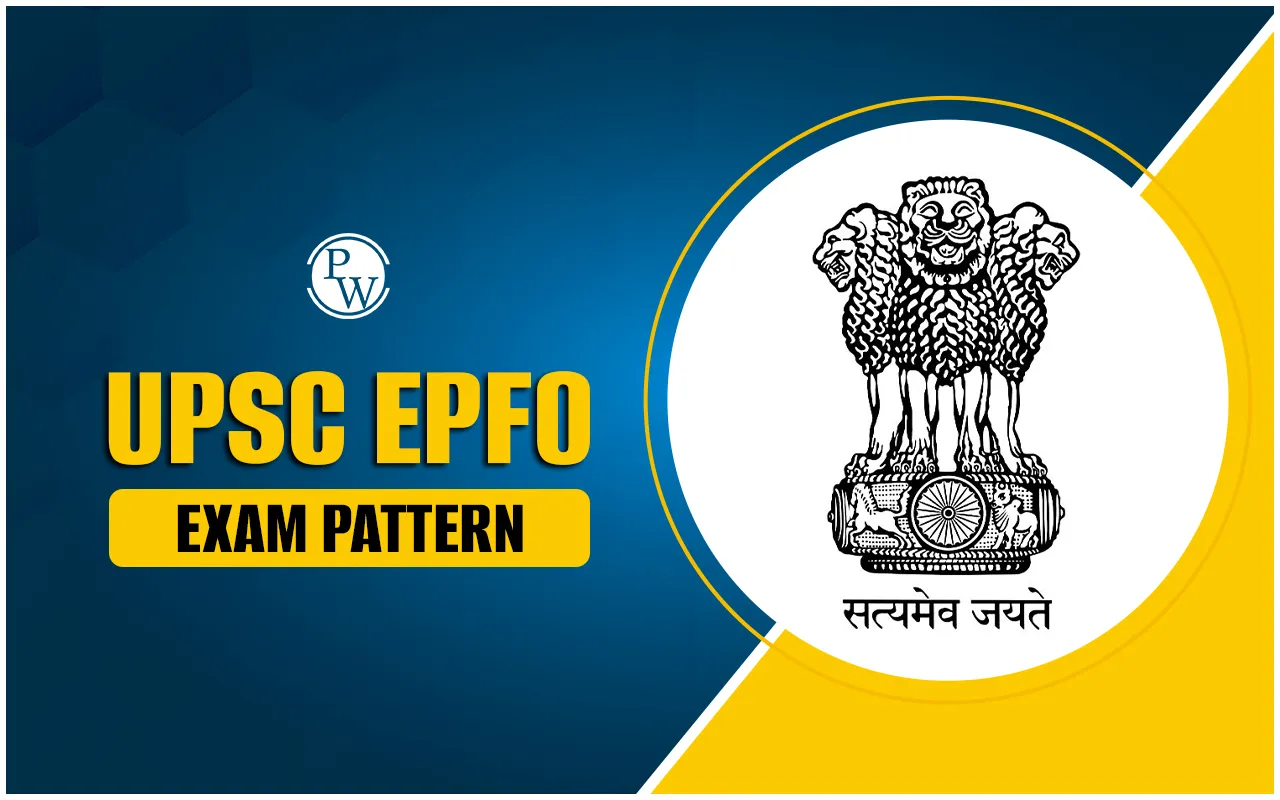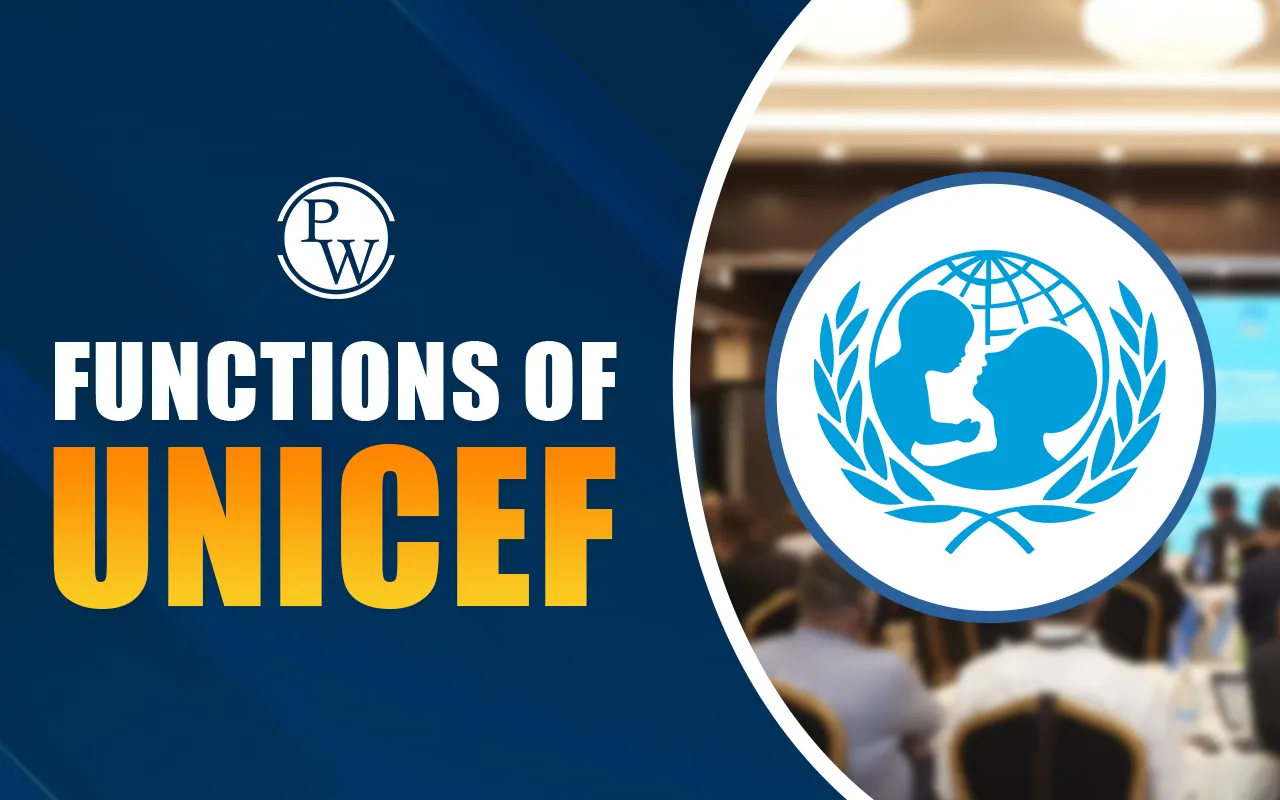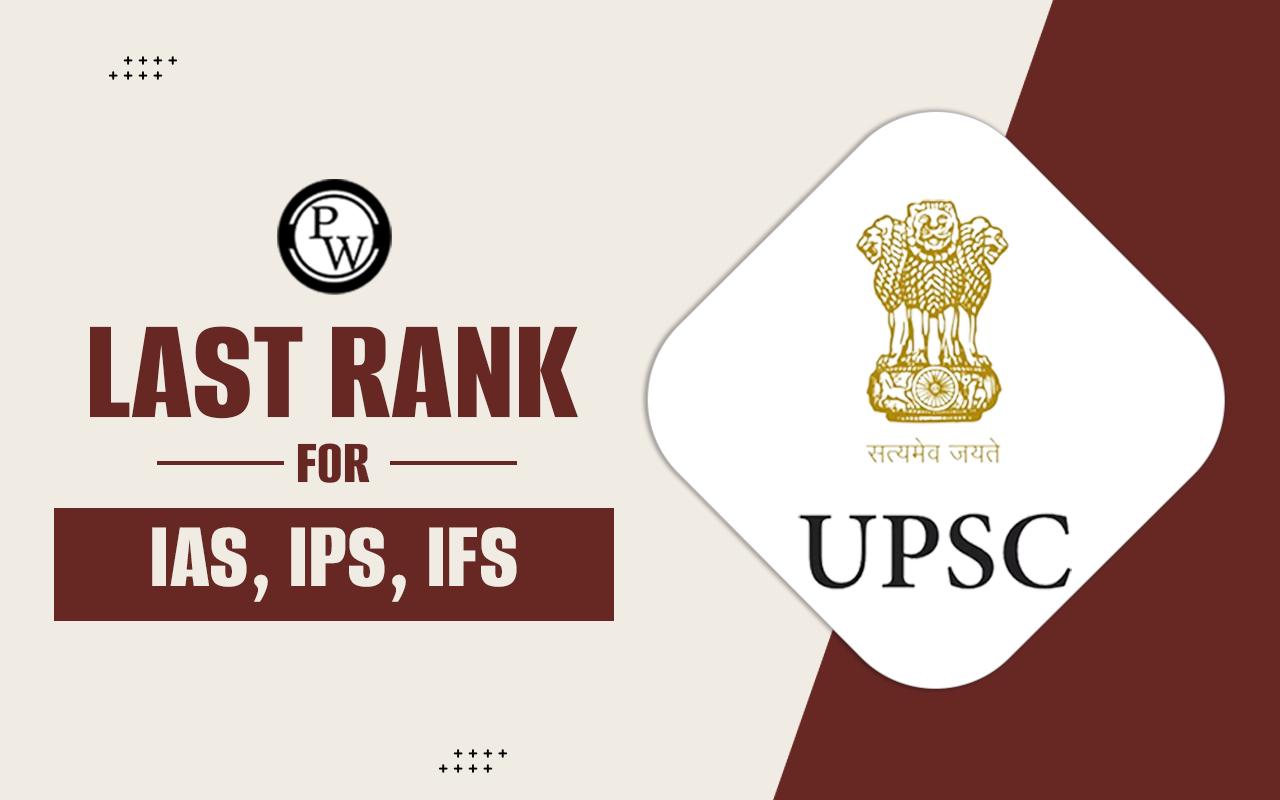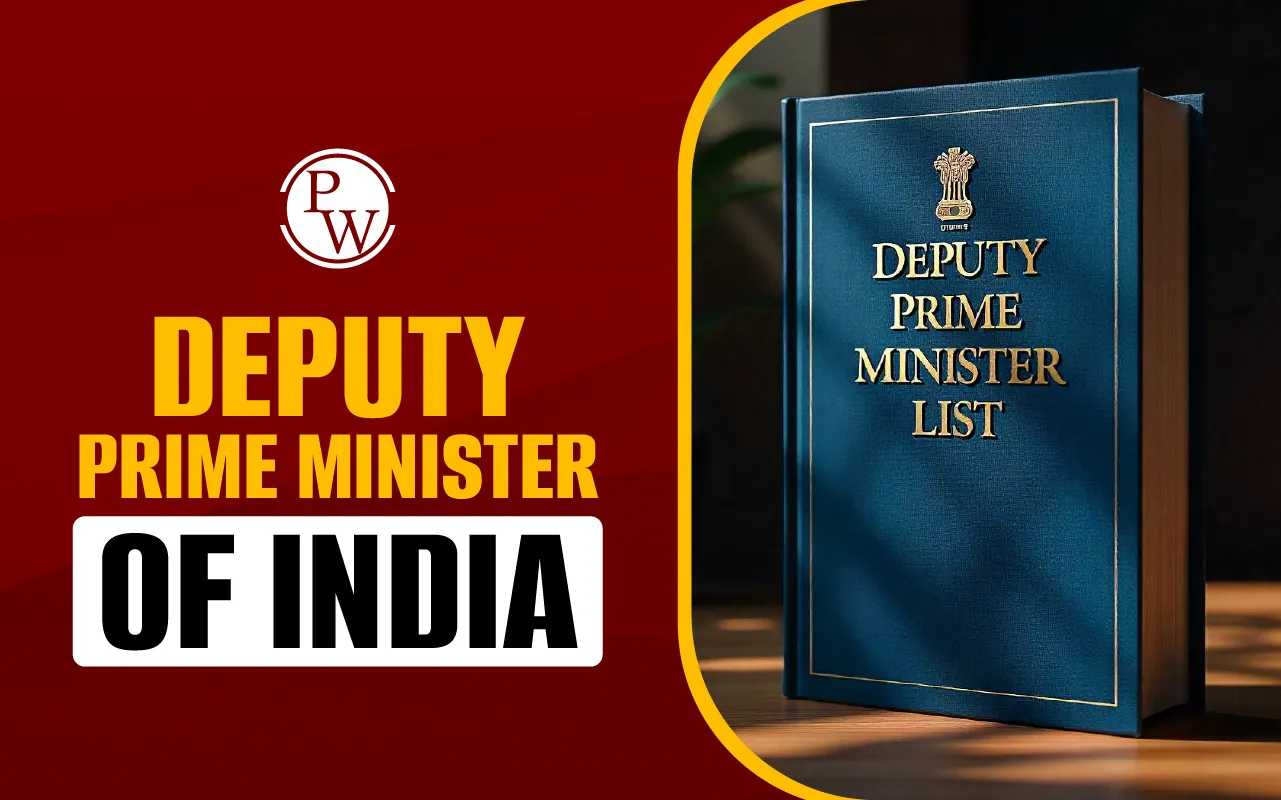
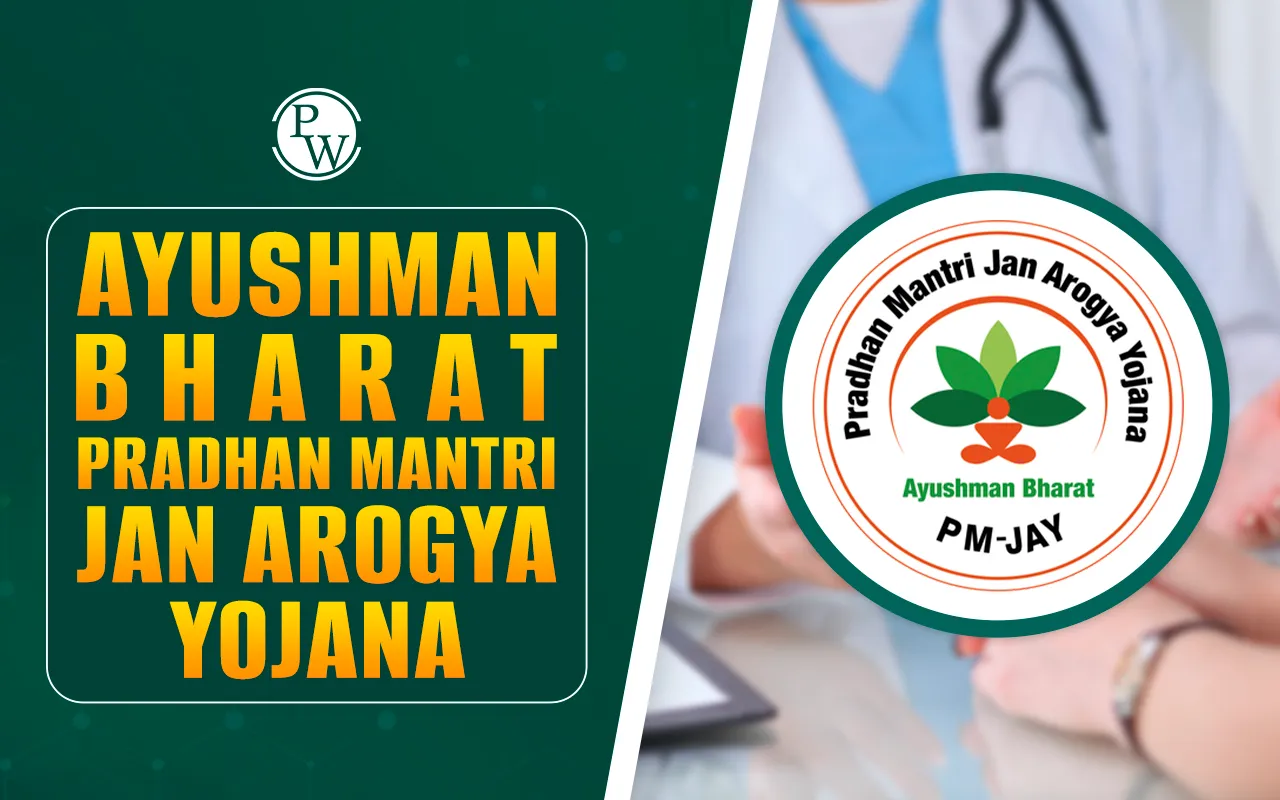
Ayushman Bharat Pradhan Mantri Jan Arogya Yojana (AB-PMJAY) is the world's largest government-funded health assurance scheme, launched by the Government of India on September 23, 2018.
The primary objective of PMJAY is to ensure financial protection for poor and vulnerable families by providing a health cover of ₹5 lakh per family per year for secondary and tertiary hospitalisation. This entitlement-based scheme offers cashless and paperless access to quality medical services at empanelled public and private hospitals across the country.
Ayushman Bharat Pradhan Mantri Jan Arogya Yojana Overview
Below is an overview of the Ayushman Bharat Pradhan Mantri Jan Arogya Yojana.It provides free and cashless medical treatment to poor and vulnerable families across the country.
|
Ayushman Bharat Pradhan Mantri Jan Arogya Yojana Overview |
|
|
Feature |
Details |
|
Full Name |
Ayushman Bharat Pradhan Mantri Jan Arogya Yojana (AB-PMJAY) |
|
Launch Date |
September 23, 2018 |
|
Launched By |
Government of India |
|
Objective |
To provide free and cashless healthcare access to poor and vulnerable families. |
|
Health Cover |
₹5 lakh per family per year (on a family floater basis). |
|
Coverage Type |
Secondary and Tertiary Care Hospitalization. |
|
Beneficiary Base |
Over 10.74 Crore poor and vulnerable families (approx. 50 crore individuals). |
|
Eligibility Basis |
Socio-Economic Caste Census (SECC) 2011 data. |
|
Family Size Cap |
None. No restrictions on family size, age, or gender. |
|
Pre-Existing Diseases |
Covered from Day One (no waiting period). |
|
Treatment Modality |
Completely Cashless and Paperless at empanelled hospitals. |
|
Portability |
Yes. Benefits can be used at any empanelled public or private hospital across India. |
|
Included Expenses |
Hospitalisation costs, up to 3 days pre-hospitalisation and 15 days post-hospitalisation (including medicines and diagnostics). |
What is the Pradhan Mantri Jan Arogya Yojana (PMJAY)?
The PMJAY scheme gives a health cover of ₹5 lakh per family per year. This money is for hospital treatment, covering secondary and tertiary care.
The scheme helps over 10.74 crore poor families. These families form the bottom 40% of India’s population. The treatment under this program is completely cashless and paperless. This means a patient does not have to pay anything when getting treated at the hospital.
Features of the Scheme
The PMJAY scheme has several key points that make it very helpful for the poor:
-
Financial Protection: Each eligible family gets a large health cover of ₹5 lakh every year. This money can be used by any or all members of the family.
-
No Family Size Limit: There is no restriction on the family size, age, or gender of the members. This ensures everyone in the house, like older people and children, is covered.
-
Pre-Existing Conditions Covered: All diseases and illnesses that a person already has are covered from the very first day. There is no waiting time for treatment of old medical issues.
-
Treatment Anywhere in India: The benefit is portable. A beneficiary can go to any approved public or private hospital across the entire country to get cashless treatment.
-
Extensive Coverage: The scheme covers around 1,929 medical procedures. This includes complex surgeries, diagnostic tests, and medicines.
-
Pre and Post-Hospitalisation Expenses: The cover includes expenses for up to 3 days before the patient is admitted to the hospital and 15 days after they are discharged.
Who is Eligible for the PMJAY Scheme?
Eligibility for the PMJAY plan is based on the data from the Socio-Economic Caste Census (SECC) of 2011. This means only families listed in this database are entitled to the benefits.
1. For Rural Areas
Families must meet one of the following criteria to be covered:
-
Living in a house with only one room that has temporary (kucha) walls and a temporary roof.
-
The household does not have an adult member between the ages of 16 and 59 years.
-
The family has a disabled member and no able-bodied adult member.
-
Belonging to a Scheduled Caste (SC) or Scheduled Tribe (ST) household.
-
Being a landless household that earns most of its money from manual casual labor.
2. For Urban Areas
Households are selected based on their work. This includes people who work as:
-
Street vendors or hawkers.
-
Domestic workers or house helps.
-
Construction laborers, painters, or welders.
-
Sanitation workers.
-
Transport workers such as drivers, conductors, and rickshaw pullers.
Exclusions (Who is Not Covered)
The scheme does not cover families that have certain assets:
-
Anyone owning a two, three, or four-wheeler vehicle.
-
Families that have mechanised farming equipment.
-
People who work for the government or earn a monthly income above ₹10,000.
-
Those who own a refrigerator and a landline phone.
Ayushman Bharat Pradhan Mantri Jan Arogya Yojana FAQs
Is there any fee to register for the PMJAY scheme?
Can I get treatment outside my state under PMJAY?
How can I check if my family is eligible for Ayushman Bharat?
Are new born children covered under the scheme?
Is there a limit on family size?

